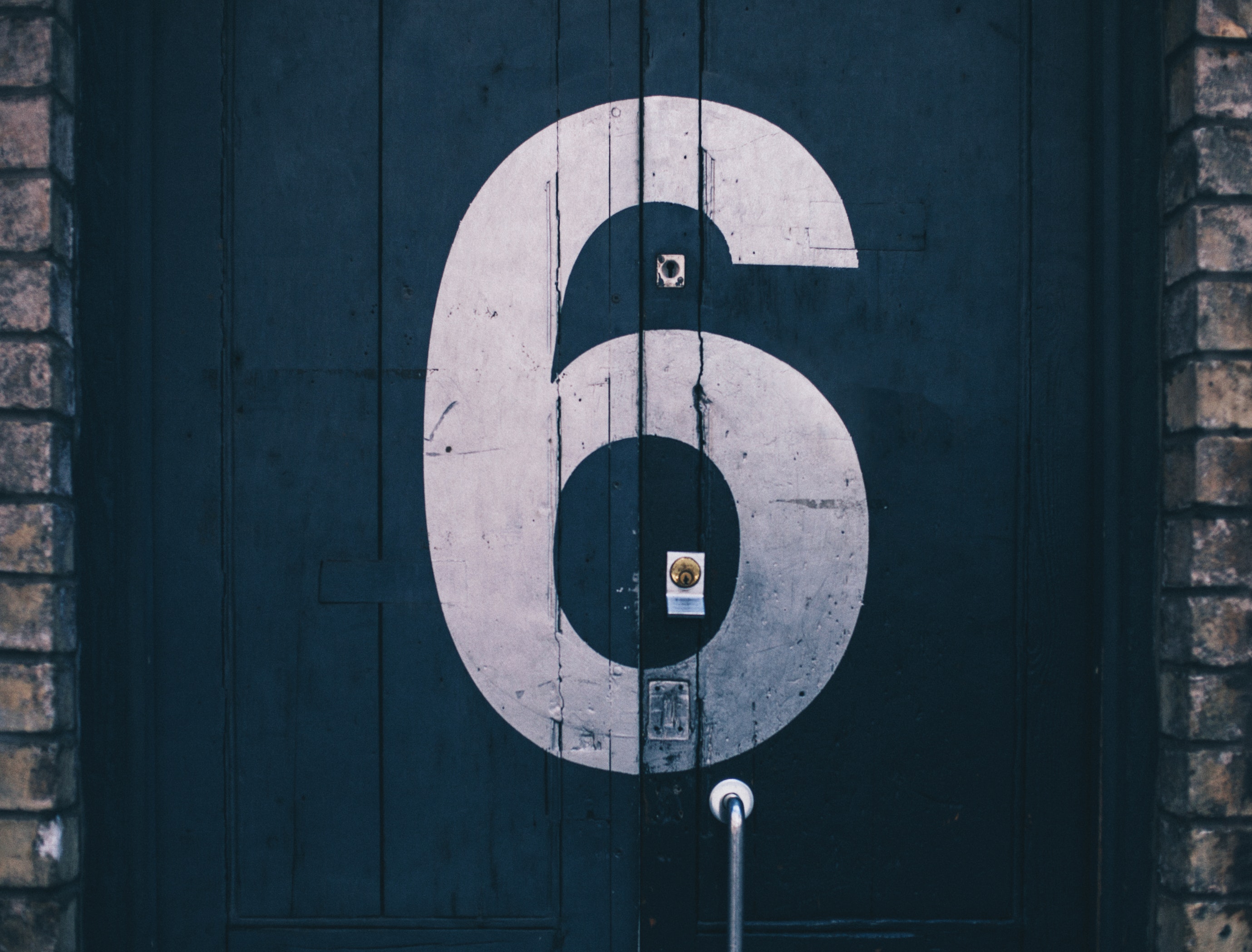- Jun 19, 2024
- 4 min
Six strategies for multisite and translation
Magnolia in action
Take 12 minutes and a coffee break to discover how Magnolia can elevate your digital experience.
Companies want to go multi-brand, multi-site and multi-language right away. Even with modern translation services, there are challenges, as Sandra Wendland outlines in this DX Talk podcast series episode.
Let’s first discover a few of these challenges and then dive into some of the multisite translation strategies brands can adopt.
Business strategy: you need to be clear on which markets you want to reach
- how to approach them
- and your priorities.
Time and resources: the more languages you have
- the more resources you need.
Technical setup: you need to evaluate your CMS
- prepare your site structure for search engine optimization (SEO)
- test and consider many other factors.
Subjective opinions about language: people have opinions and comments on language use
- which makes any translation project challenging.
Wendland, who’s currently Global Digital Marketing Manager at Lionbridge and was Internet Marketing Manager at language services provider CLS Communication at the time of the recording, has seen through many translation projects and has these strategies to offer:
1. Have a brand language style guide for every language variant.
“Often, you will have a style guide for your default language, such as English, but you also need to come up with style guides for each of your target languages,” advises Wendland. “For example, if you were to target markets in Germany, Austria and Switzerland, you need to decide if you would have an international German version or versions for Germany, Austria and Switzerland.”
2. Think global, but operate local.
Work together with your local offices and translators to bring in a blend of guidelines from headquarters and regional requirements. Balance between maintaining brand consistency and allowing flexibility for local adaptations.
3. “Transcreate” rather than just translate.
This means combining translation and content creation. You can first translate, but then edit, copy-write, adapt and polish to give global brand messages a local feel and flavor that works for that market.
4. Rely on digital tools for productivity, but above all, rely on the expertise of human translators and linguists.
“There are lots of tools like translation memory systems, online terminology databases and glossaries,” notes Wendland. “The problem with machine translation is that people think translation is now 100% automatic. But websites have marketing text and specialist language. You’re not going to create your best customer experience if you’re using 100% machine translation. You need the expertise of human translators. Your local translators will use machine translation for their own productivity, to increase their speed of translation, but you still need the expertise of these linguists, to help you reach your local audience in the best way.”
5. Spend time on figuring out a logical and sensible workflow for your multi-region, multi-language website.
Figure out how you will get your source text out and your translated text back in. Many companies still work in a traditional copy-and-paste mode. Check out CMSes that offer export and import via XML, via XLIFF, different kinds of formats. Look for CMSes that provide connectors that link to a translation memory system, where the translation process is built into your workflow. Make sure that your translation provider is using state-of-the-art tools, using all the automation and productivity that is available. Ask lots of questions to understand the benefits for your project.
6. Involve your translation provider early in the project, so that they can improve your brand language and digital presence as a whole.
“A lot of time in web projects is often spent on concept, on design, and translation comes right at the end,” says Wendland. “I would recommend involving your translators earlier on when your first content is created and starting some of the translations in parallel. The benefit of going in an iterative way is that you can improve your source language, with input from knowledgeable translators. You can also test your design: will it fit with verbose languages like German, Spanish and French, or will it fit with Chinese and Japanese where you need to take care of your line height, where you don’t want your characters to be too small, those kind of things.
“Involving your translators will also benefit your site as a whole. I would recommend an agile approach. Don’t do it sequentially. Get them involved and get started early on. Think agile, think in iterations. Continuously improve, then you’ll get through, hopefully.”
How PERI relaunched its websites on Magnolia
With more than 50 websites worldwide in over 30 languages, PERI, one of the world’s leading providers and manufacturers of formwork and scaffolding systems, needed a solid and flexible global brand platform.
The solution? A new hub for PERI’s globalized digital business strategy. Find out how Magnolia has enabled PERI to quickly create and customize websites and microsites, tailor them to local requirements, create and re-use high-quality content much faster than before, and maintain a global corporate look and feel.










